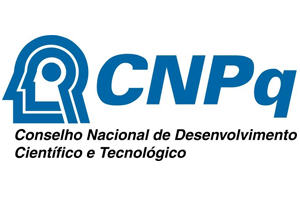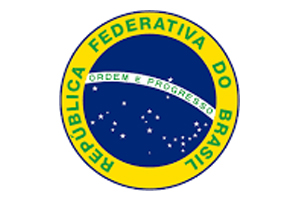Noor Naji Hasan
Department of Biology, Mustansiriyah University, Baghdad, Iraq
Shatha Ali Shafiq
Department of Biology, Mustansiriyah University, Baghdad, Iraq
Zaid AkramThabit
Al-Nahrain University, Biotechnology Research Center, Baghdad, Iraq
ABSTRACT
Background: Killer yeasts produce protein toxins that are lethal to sensitive yeast strains, providing them with a competitive advantage in microbial environments. Initially discovered in brewing, these yeasts have been isolated from various food sources, including dairy products, fruits, and plants. Their antimicrobial properties make them potential candidates for applications in food preservation, fermentation control, and biotechnological processes. Objective: This study aimed to isolate and identify killer yeasts from diverse Iraqi food sources and evaluate their antimicrobial activity using molecular and laboratory-based microbiological techniques. Methods: Yeast isolates were obtained from meat, fruits, milk, and yogurt samples collected from different regions of Iraq. The samples were cultured on Sabouraud Dextrose Agar (SDA), and the resulting isolates were microscopically examined. Molecular identification was performed using polymerase chain reaction (PCR) amplification and sequencing of the internal transcribed spacer (ITS) region of ribosomal DNA (rDNA). The isolates were cultivated in a killer toxin production medium and tested for killer activity against Saccharomyces cerevisiae using agar diffusion assays. Results: A total of 16 yeast isolates were successfully obtained and identified by ITS sequencing. The identified species included Candida metapsilosis, Lodderomyces elongisporus, Rhodotorula mucilaginosa, Hanseniaspora uvarum, Pichia kudriavzevii, Rhodotorula glutinis, and Naganishia diffluens. All isolates demonstrated killer activity, with Pichia kudriavzevii exhibiting the highest toxin production level at 15 AU/mL. Conclusion: This study highlights the widespread occurrence of killer yeasts in various Iraqi food sources. The identification and characterization of these yeasts provide valuable insights into their potential applications in food safety, biopreservation, and microbial fermentation modulation. Further investigations into their antimicrobial mechanisms and interactions with pathogenic microorganisms could contribute to novel strategies in both food microbiology and clinical microbiology.
Keywords: Killer Toxin, Yeast, Pichia kudriavzevii, Sabouraud Dextrose Agar.




